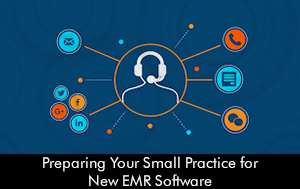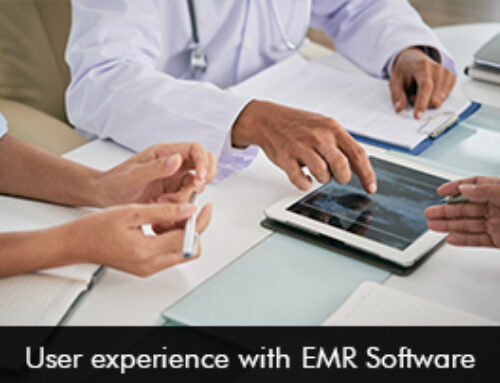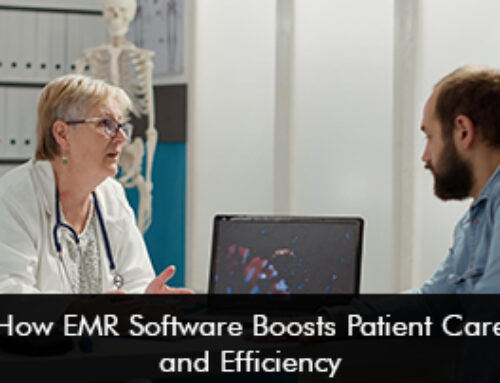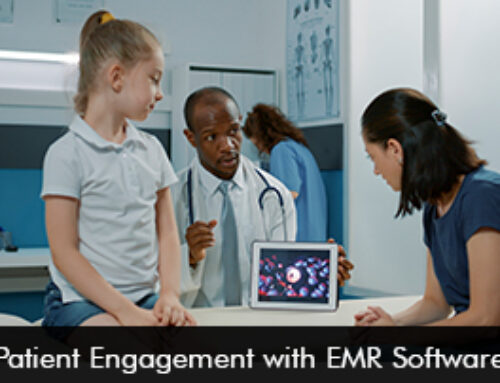The process of shifting from an older Electronic Medical Records (EMR) Software to a newer one is not a simple process, and must not be taken lightly. In fact, this can get even more complicated for smaller practices where the budgets allocated to this shift are lesser and there is no dedicated IT department to take care of this.
Here are some tips and tricks to make sure your small or solo medical practice does not have to go through negative consequences due to an Electronic Health Records (EHR) Software shift.
Dedicated Implementation Team
To ensure a smooth transition, it is better to put together a team from the existing staff who are familiar with your workflows and the way you operate. They do not essentially need to be IT experts but the more versed they are with software, the more helpful it would be. Once the team is put together, they can lead the whole implementation process and guide the inexperienced staff along the way.
Staff Training & Support
Your staff members are going to need proper training about the newer software before the go-live date. However, this training is not enough to take care of the whole situation. Once the implementation process is done with, contact the EMR Software provider to provide you with live support so that on-going software issues can be dealt with. Some vendors might charge you a little extra for the on-going support but this will be worth it, especially in the first few months after implementation.
Data Migration
Transferring to a new EMR System altogether means that your previous data and other integrated software including e-Prescribing (e-Rx) or Patient Scheduling suites get transferred too. Do not rush the data transfer since rushing may lead to data loss and this loss may even lead to legal complications in worse cases. You can work closely with the EMR Vendor on the data migration part and take every help possible for seamless transfer and integration with other tools as mentioned previously.
Taking Patients On-Board
Whatever you plan on doing, make sure the patients are on board with you. Let them know of all your plans and educate them about the newer tools you are going to implement which will directly affect them. Your patients might be using the Patient Portal on the Medical Billing tool and they need to be aware of the changes you’re going to implement so that they can get ready for what’s coming and stay prepared to get training on the newest tools they’ll be using.







